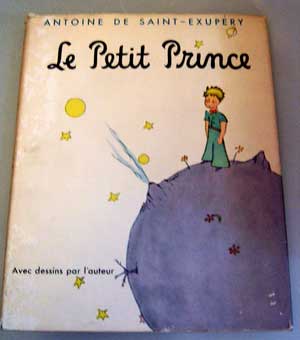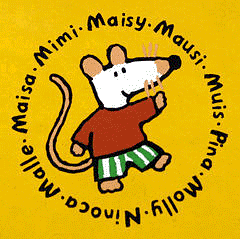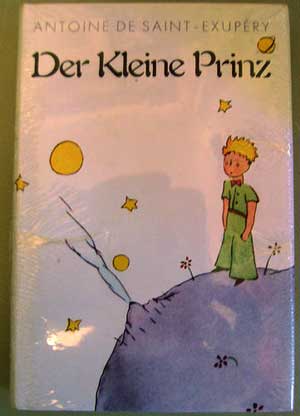Imagine moving to a country where you do not speak the language, and most people there don’t speak yours. You would need to find a way to put a roof over your head, buy food, get around town, and make new friends. Maybe you have already experienced this situation. If you have, think back to how you and your family got around in the early days. If you haven't experienced this situation, how would you get around?
One thing you could do is figure out what is similar about your home country and your new country. For example, in the United States, stop signs look like the sign on the left, while in Mexico, stop signs look like the sign on the right.

Source: MUTCD R1-1, Wikipedia

Source: Alto stop sign, MagicImage, Wikipedia
The signs share the same shape and color, so if you only speak English, you can still understand that the sign on the right means “stop.”

Source: Problem-Solution, hotdiggitydogs, Flickr
You could also compare your home language to the new language and see if any words are similar. This is much easier when the two languages share a linguistic history. Such languages have words known as cognates. Cognates are words from different languages that have similar spellings, pronunciations, and meanings. For example, the word “accident” in English is very similar to the word “accidente” in Spanish. The spelling and pronunciation of both words are similar.
Let’s take a look at a few cognates that are spelled exactly the same in English as they are in Spanish.
| animal | hotel | decimal | hospital | metal |
Now, let’s take a look at a few cognates that are spelled almost the same in English as they are in Spanish.
| English | Spanish |
|---|---|
| dinosaur | dinosario |
| human | humano |
| evidence | evidencia |
| bicycle | bicicleta |
| family | familia |

Source: TARIFA // APPEL A CANDIDATURE // CALL FOR ENTRIES, Festival de Cine Africano de Cordoba, Flickr
From looking at these lists, you might conclude that you know more English or Spanish than you thought. In fact, there are about 20,000 Spanish-English cognates.
Let’s take a minute to look at some cognates that English shares with French and German. The following are just a few of the many French-English cognates:

Source: Le Petit Prince, spike55151, Flickr

Source: A United Nations of Maisy, Steve Bowbrick, Flickr
| English | French |
|---|---|
| blond | blond |
| cruel | cruel |
| modern | moderne |
| carrot | carotte |
| question | question |
| criminal | criminel |
| doctor | docteur |
| anniversary | anniversaire |
| ordinary | ordinaire |
| accident | accident |
| fruit | fruit |
| soup | soupe |
| apartment | appartement |
| tiger | tigre |
Now, look over a few German-English cognates.

Source: Der Kleine Prinz, spike55151, Flickr
| English | German* |
|---|---|
| alarm | Alarm |
| oval | Oval |
| alphabet | Alphabet |
| algebra | Algebra |
| auto | Auto |
| atlas | Atlas |
| frost | Frost |
| ball | Ball |
| garden | Garten |
| broccoli | Broccoli |
| milk | Milch |
| fat | fett |
*Note: All nouns in German are capitalized.
In this lesson, you will concentrate on Spanish cognates to help enrich both your English and Spanish vocabularies. You will also learn about false cognates, that is, words that seem like cognates but aren’t.